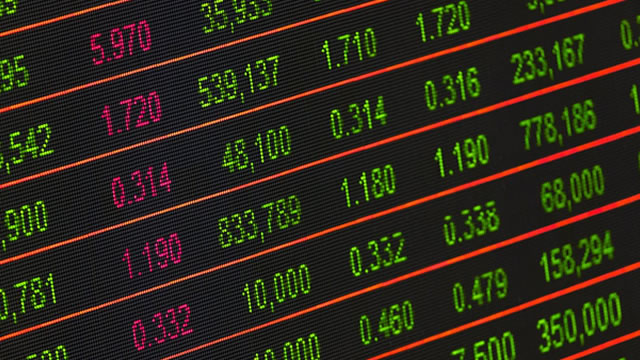The Copper Quandary: How Government Policies are Heating Up the Market
Have you ever stopped to ponder the seemingly mundane yet utterly essential role that copper plays in our daily lives? From the wiring in our homes to the pipes that carry our water, copper is the unsung hero of modern infrastructure. But lately, this humble metal has found itself at the center of a global storm, thanks to some meddling government policies.
A Shocking Surge: The Story of Copper Prices
Copper prices have been on a rollercoaster ride in recent months, with prices surging to their highest levels in over a decade. The culprit? Potential tariffs on imported copper from China, the world’s largest producer and exporter of the metal.
Why the Fuss About Copper?
Copper is more than just a pretty penny (or cent, if we’re being precise). It’s an essential component in a wide range of industries, from construction and manufacturing to clean energy technologies like solar panels and wind turbines. In fact, the demand for copper is expected to increase by 25% by 2030, thanks to the growing adoption of renewable energy sources.
Supply and Demand: The Perfect Storm
With demand for copper on the rise and supply constraints in place, the stage was set for a price surge. But things really got interesting when the U.S. government threatened to impose tariffs on imported copper from China.
Tariffs, for those who may not be familiar, are taxes imposed on imported goods. In this case, the proposed tariffs could have a significant impact on the copper market, as China supplies around 40% of the world’s copper.
So, What Does This Mean for Me?
If you’re in the business of constructing new buildings or upgrading old ones, you might be feeling a twinge of unease. The rising cost of copper could mean higher prices for materials and labor, potentially driving up the cost of your project.
- Higher costs for construction projects
- Potential delays due to price fluctuations
- Increased costs for manufacturers using copper in their products
And What About the World?
The impact of these tariffs goes beyond individual projects or companies. The global economy could feel the ripple effects, with potential consequences for industries and consumers alike.
- Higher prices for consumer goods containing copper
- Potential trade tensions between the U.S. and China
- Increased costs for renewable energy projects, potentially slowing the transition to clean energy sources
A Silver Lining?
While the proposed tariffs on copper imports from China may cause some short-term pain, they could also lead to long-term gains. For instance, they could provide a much-needed boost to domestic copper production, helping to reduce reliance on imported materials.
Moreover, the surge in copper prices could serve as a wake-up call for governments and industries to invest in alternative, more sustainable sources of the metal. After all, the future is bright – and it’s not made of copper alone.
In Conclusion: Copper, Tariffs, and the Future
Government policies, including tariffs, can have a dramatic impact on markets, as evidenced by the recent surge in copper prices. Copper’s essential role in modern infrastructure and clean energy technologies makes it a critical commodity, driving demand amid supply constraints and potential tariffs. While the short-term impact on individuals and businesses may be felt through higher prices, the long-term consequences could include increased domestic production and investment in alternative sources of the metal.
So, the next time you flip a light switch or turn on the tap, take a moment to appreciate the humble copper wire that makes it all possible. And remember, every storm passes, leaving behind clearer skies and new opportunities.





